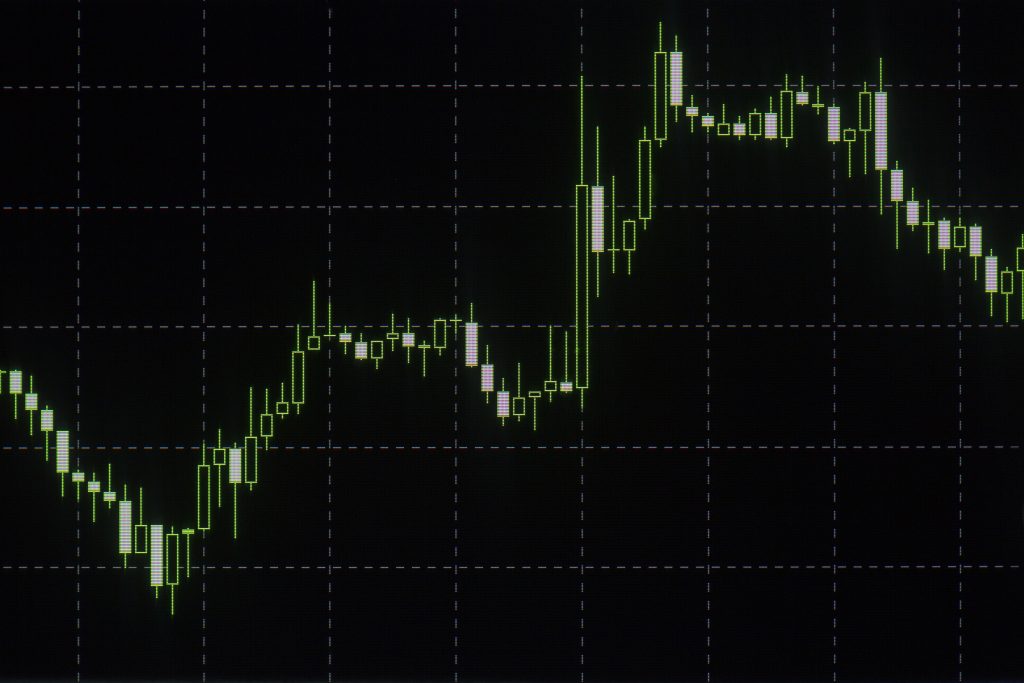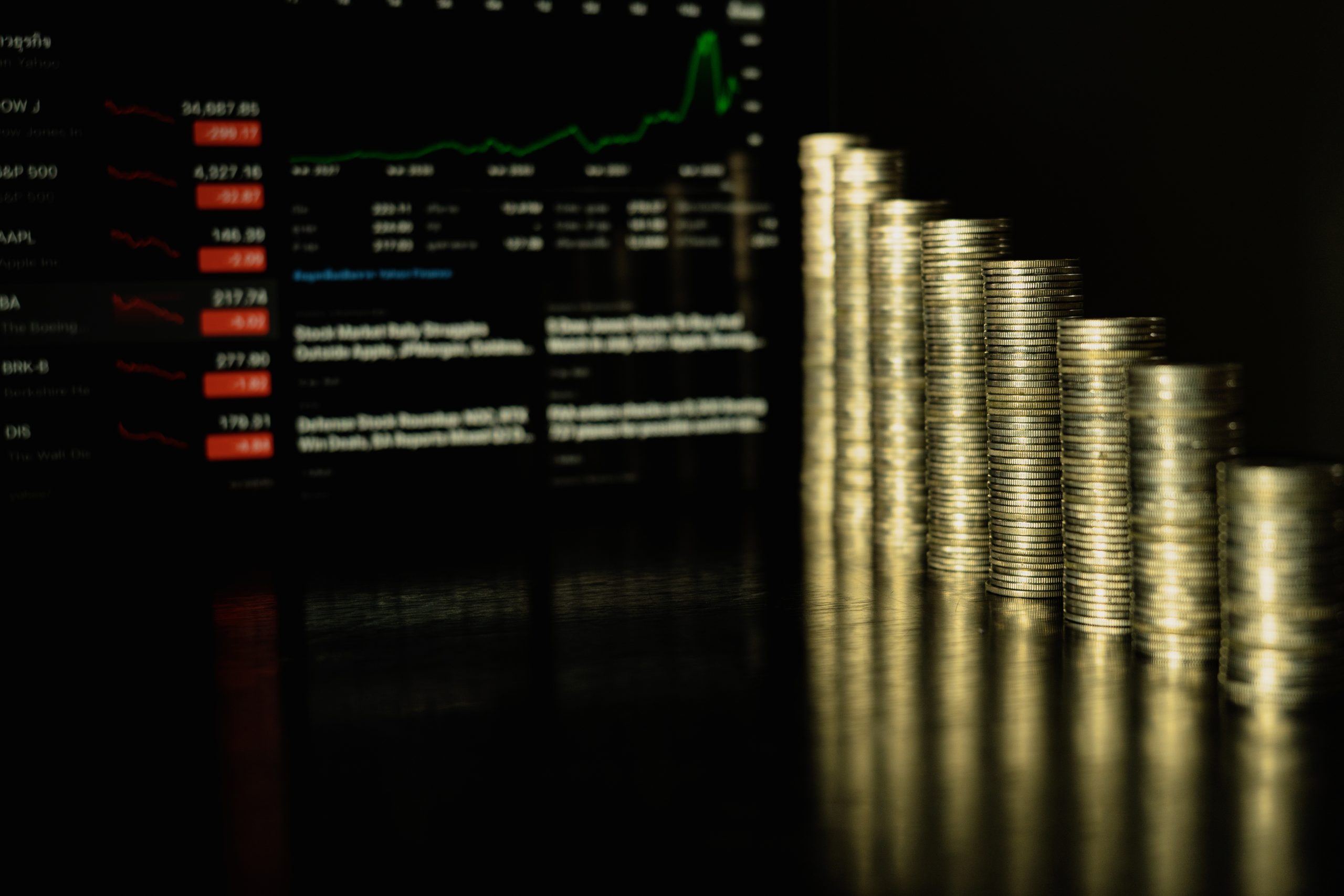Kyes Indicators eweth Included Wow ithe Cryptography Trading
Trading indicators are very intergrated part of a strategy evident in the crypto trading, they assist in trend assessment and forecasting during the periods of trading. Apart from other aspects of the trading, Crypto traders also utilizes the extensive set of technical indicators for the in-depth market analysis.
Technical analysis entails an analysis of past price movements, taking a closer look at the charts, to make educated and educated guesses about future price movements. Some indicators are useful in terms of signaling when a trader may enter or exit a position, which can be beneficial.
Despite the fact that candlestick patterns are very basic but integral, most oftimes they are not guerentees in isolation. Using them as part of technical indicators helps provide a more complete view on price movements of the assets. One such example can be the Moving Averages (MA), which incorporate visually represented movements that are either positive or negative and broadens the range of the trading decisions which can be made. Designed by John bollinger Bollinger Bands are very useful in predicting trends presume reversals.
In this article, we’ll focus on the most important indicators in cryptography rating aimed at helping traders forecast the most likely directions for the market toward bullish or bearish. This is an important parameter that needs to be taken into consideration as it allows the trader to determine the optimal market strategies to employ.
Price Trends – An Overview
A “trend” can be referred to as an upward or downward movement in the market that is worthwhile and earns profit. Trend indicators assist traders and investors to identify such patterns at an early stage. And technical analysis informs traders when is the right time to enter or leave a position by looking up several indicators. Patterns should be regarded as types of tools, which help to execute the most advantageous trades possible.
Candlestick Patterns
The most inner and common instrument of the trading chart is daily price movement, known as a candlestick. Studying their dynamics allows us to create projections for a longer time period. For example, we can take a monthly chart and determine the shift between the buyers’ and the sellers’ countries’ comparisons. It is, nevertheless, prudent to abandon such mindset and practice combining candlestick figures on top of technical indicators as it would create a clearer picture of asset’s price movements.
Simple Moving Average (SMA)
SMA (Simple Moving Average) is often used to smoothen volumes of over a certain time period by drawing a straight line over candlesticks. It usually takes the average price value through multiples of times or time lines, consider figure (equal weight). Hence this averaging techniques would make it easy to trace the overall trend of the given assets. As it means, if SMA is sloping up you might be expecting to go long and vice-versa. The SMA in the following example helps a trader determine where the longer timeframes are headed and whether there’s enough power into the movement.
Exponential Moving Average (EMA)
In contrast to the simple moving average which loses the earliest price as new ones are added on, the Exponential Moving Average (EMA) considers all past prices with higher bias on recent ones. The simple moving average is preferred when performing visual analysis while the exponential moving average is used in most automated trading systems as a result of its constraining recent price action.
Moving Average Convergence Divergence (MACD)
MA crossovers can help produce signals for would-be traders and experienced traders can achieve such with the aid of MACD . A fast line is created by subtracting the 26 EMA from 12 EMA. Traders could derive a 9-day average slow line and Fast line when a slow line is crossed by the fast line from lower up and crosses the slow line suggesting an opportunity to buy assets fast and vice versa.
Support and Resistance Levels
In particular, support levels restrict price retracement below them and resistance levels are price arcs that restrict the price rise beyond them. Support and resistance refer to key levels that stop price falls and begin increase in rise and inversely resistance levels mark the peak where bullish trends quit. Also moving averages are movable supports and resistances, defining their slopes.
Oscillators
Oscillators, another important analysis tool, focus on price varying in time and help identify trend’s reversal or continuation probability.
Stochastic Oscillator: This oscillator helps the traders detect price action in advance by drawing a two-lines tunnel around the price.
Relative Strength Index (RSI): It is the RSI that maintains the momentum. Sometimes 70 is an overbought and 30 is an oversold level which can be used by traders to expect a pullback or reversal of trends.
Commodity Channel Index (CCI): CCI is primarily meant for commodities but there are applications of CCI for identifying overbought / oversold conditions in other asset classes as well. Values that are above 100 typically indicate buy signals, while values that are below -100 usually indicate sell signals. It is not uncommon for traders to hold out for such extremes as plus 200 and minus 200 for trade signals.
Bollinger Bands
A drawback of the moving averages is that they lag when it comes to showing short trends, hence it makes Bollinger Bands quite a handy substitute. Created by John Bollinger, the two standard deviation bands on the EMA baseline reflect the level of volatility in the markets. When the bands get narrower this indicates falling volatility and vice versa. The area above the upper band is considered overbought while the area below the lower band is thought of as oversold.
This brief discussion on crypto trading indicators is in itself a good auxiliary for traders, making it possible to analyze a market and time trades more effectively.






